
COPYRIGHT 2005 BY PLAYBOY ENTERPRISES INTERNATIONAL, INC.
ALL RIGHTS RESERVED. NO PART OF THIS BOOK MAY BE REPRODUCED IN ANY FORM WITHOUT WRITTEN PERMISSION FROM THE PUBLISHER. LIBRARY OF CONGRESS CATALOGING-IN-PUBLICATION DATA AVAILABLE. ISBN 978-0-8118-4856-5 (HC)
ISBN 978-1-4521-4451-1 (EPUB, MOBI)
ISBN 978-1-4521-4468-9 (EPUB3, FIXED) CHRONICLE BOOKS LLC
680 SECOND STREET
SAN FRANCISCO, CALIFORNIA 94105
www.chroniclebooks.com

Hair color is one of the vital statistics that appear on drivers licenses. It is how we describe ourselves to a blind date or a stranger in an Internet chat room, well before the more revealing traits: weight, I.Q., adjusted gross income, or what we are wearing at the moment. It is the most portable form of personal expressionat once the hereditary gift of parentage and the basis for rebellion.
It is the easiest part of the self to change. It is the second thing people see when they look at you (the first being your eyes). Unless you are blonde. Then they see nothing else. Scientists have pondered the mystery of hair, with mixed results. They believe that it evolved to aid in the identification of individuals, for sexual or status displays to other members of the species.
Hair is made, they say, of the same protein that results in feathers, claws, nails, and hooves: both plumage and primitive weapon system in one magical creation. Perhaps this is what people mean when they use the phrase killer blonde. When it comes to hair color, scientists are baffled. Dr. John Gray tells us that color is perhaps the most obvious characteristic of hair, but as far as we know, it has no biological function. Unless you count arousal, without which there would be no evolution.
Blonde is about arousal. Scientists have calculated what they call a cline of blondness. The farther north you go in Europe, the lighter the hair. Blonde loves to flit through the forests, along latitudes where the sun stays low in the sky. But the same scientists also point out that there are blond Aboriginal tribes in Australia, and archeologists working in the deserts of China have uncovered four-thousand-year-old mummies with strikingly blond hair. (Is there any other kind?) Its one of those mysteries, like that nature has evolved eyes, the gift of sight, at least twenty times in the course of evolution.
Which came first: blondes or vision? Blonde. Say the word. Already, you have a set of expectations, the first glimmer of sexual possibility, the first stirring of fantasy. Blonde is a public service announcement, a banner, a beacon. Here there is energy. Blonde moves, ignites passion, and changes lives.
Linguists point out that the terms blonde, brunette, and redhead were at first attributes, adjectives. Not until the twentieth century did the words become nouns, a code that brought with it a complete set of expectations. When blondes became goddesses, hair color became a sexual preference, if not a religion. But where do we get this notion that blonde is beautiful? In the beginning was the blonde. Medieval painters indicate that Eve was a blonde. The classical icons of beauty, the marble statues of Aphrodite that after centuries of attention have been reduced to pure alabaster, were originally painted ladieswith blonde tresses.
Pilgrims made trips to the shrines of the goddess to lay their bodies next to the perfect embodiment of womanhood. According to Joanna Pitman, author of On Blondes, the association of Aphrodite, blondeness, and sexual abandon set the tone for centuries to come. Botticellis Venus is golden blonde. But blonde has power outside the museum. Our attraction to blonde is in the hard wiring, something that dates from prehistory, an event simultaneous with the discovery of fire. Once you are exposed to the phenomenon, you never forget.
But others trace the magic through pop culture. Look at the history of Hollywood, and a river runs through it: a river of gold. The earliest sex symbols were dark-haired vamps, but after Jean Harlow blonde became part of the physics of fascination, the science of celebrity. The sultry and seductive (Harlow, Mae West) gave way to the World War II heartthrobs (Betty Grable, Veronica Lake); the goddesses (Marilyn Monroe, Jayne Mansfield); the cool, tortured Hitchcock blondes (Grace Kelly, Kim Novak, and Janet Leigh); and the professionally perky (Doris Day, Sandra Dee). The inspirational, decade-defining blonde of Julie Christie flowed to the classically beautiful blondes (Ursula Andress, Bo Derek, Linda Evansall wives of John Derek, who captured them so lovingly for Playboy pictorials). Hollywood knew the power of blonde: Jean Harlow and Mae West ruled the screen when the screen was black-and-white.
The original blonde bombshell was liquid sex, appearing in a slinky dress that flowed over her body like illuminated water. Blonde took the shaft of light that traversed the dark air of theaters, focused it, and returned that light to the eyes and dreams of the audience. Monroe knew the power of blondeit is said that she would not allow another actress with the same color hair on her sets. Blonde is not about attracting attention. It is about attracting undivided attention. Ask a blonde what she does to be sexy.
Or, rather, how she would be sexy with a blind man. She will take your hand and run it through her hair, finer and more abundant (there are more strands per square inch) than any other shade. And then she will rise to the occasion. Blonde is about power. Going blonde is considered an act of empowerment. Consider the ad slogan that declares, If I have only one life, let me live it as a blonde.
In 1954, Clairol put the blonde into the hands of American women. Shirley Polykoff, the copywriter at Foote, Cone & Belding who launched the mystique, did so not with facts but with a series of questions: Does she or doesnt she? Do blondes have more fun? Perhaps she knew that sexual arousal was more about the question than the answer. Demographic oddities: Clairol claims that only 19 percent of American women are born blonde. An English scientist estimates that only 1 in 20 northern European women are natural blondes. The numbers dont lie: 70 percent of hair-color sales are for some shade of blonde. Clairol, the extreme mischief maker, offers 225 different shades of sunlight, with names like Tempted Peach, Apricot Rapture, Sparkling Sunstone, Golden Glow, Sunflower, Sparkling Champagne, Coastal Dune, Fiji Moonlight, and Feisty Pumpkin.
Feisty Pumpkin? The obsession is worldwide. Blondes attract practical jokers. The world reacted with gossip and glee when a study supposedly conducted in Germany predicted that by the year 2022 there would be no blondes; the gene would die out, with the last true blondes being delivered in Finland. Too much bottled hair color had outwitted Mother Nature and doomed the characteristic. Thank God it was a hoax. There is one other downside to being blonde, although the envious might call it justice: Mosquitoes prefer blondes.
We know the evolutionary purpose of blonde hair: to inspire art. To reflect light, to send it spinning in streams and whorls, to curl, to catch the breeze, to reveal and conceal, to create mystery. Blonde is its own light source. Somehow, nature knew there would be cameras. Playboy owes its existence to the fortuitous purchase of a calendar shot of Marilyn Monroe arrayed on a red satin sheet. Tom Kelly called the pose
Next page
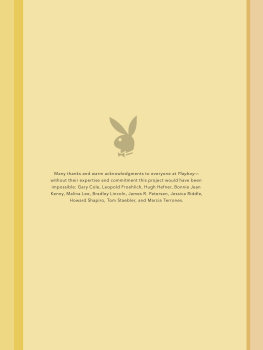

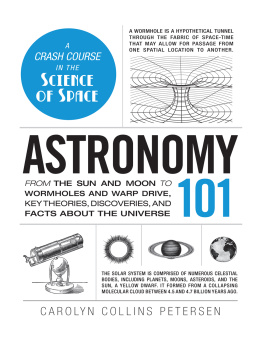



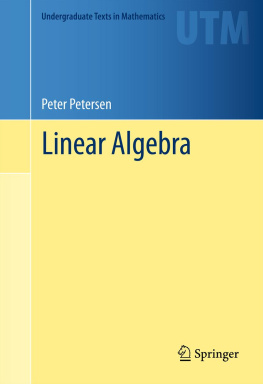



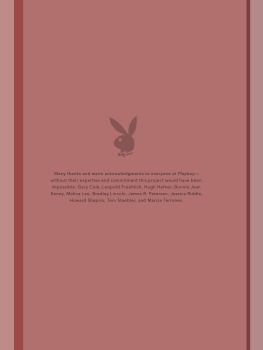
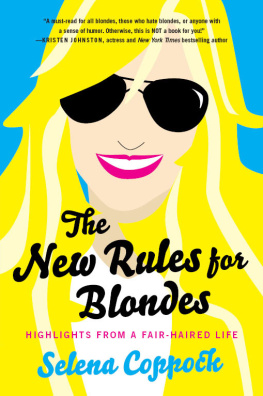
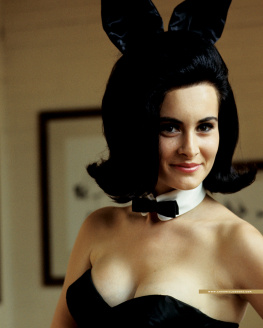
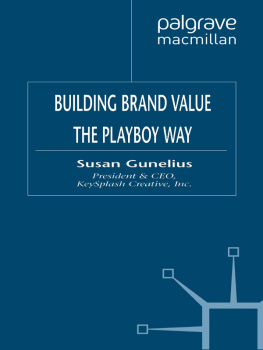


 Hair color is one of the vital statistics that appear on drivers licenses. It is how we describe ourselves to a blind date or a stranger in an Internet chat room, well before the more revealing traits: weight, I.Q., adjusted gross income, or what we are wearing at the moment. It is the most portable form of personal expressionat once the hereditary gift of parentage and the basis for rebellion.
Hair color is one of the vital statistics that appear on drivers licenses. It is how we describe ourselves to a blind date or a stranger in an Internet chat room, well before the more revealing traits: weight, I.Q., adjusted gross income, or what we are wearing at the moment. It is the most portable form of personal expressionat once the hereditary gift of parentage and the basis for rebellion.